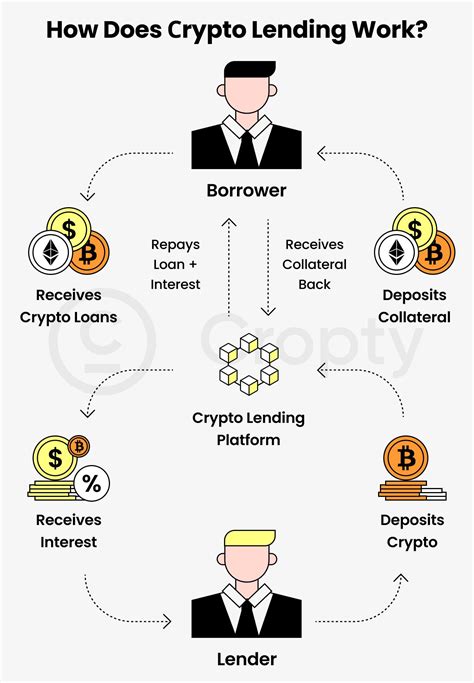Ethereum: What Will Happen When Bitcoin Lending Starts to Appear
The emergence of Bitcoin lending has sparked intense debate in the cryptocurrency community. While some see it as a game-changer, others fear that it could lead to an overreliance on debt and a potentially disastrous outcome for the global economy.
In this article, we delve into the potential implications of Bitcoin lending and examine what will happen when it starts to appear.
The Debt Problem

Traditional loans work by giving borrowers access to funds in exchange for repaying the principal of the loan plus interest. However, when it comes to digital currencies like Bitcoin, there is a fundamental flaw: the total supply of Bitcoin is capped at 21 million, meaning that no new Bitcoins can be created. This limits the possibilities for lending and borrowing.
Theoretically, if we introduced lending into the system, an infinite number of people could theoretically borrow from each other without fear of running out of available funds. However, this would create a paradoxical situation: if everyone lent money at an interest rate that “creates added value,” wouldn’t it be impossible for anyone to repay their loan?
The Interest Rate Puzzle
When we say that Bitcoin lending is based on the concept of creating additional value, we are referring to the idea that interest rates can be designed to incentivize people to hold on to their holdings. In a traditional lending system, the interest rate is simply a fee for borrowing money. With Bitcoin lending, however, the interest rate is tied to the value of the underlying asset (in this case, Bitcoin itself).
If the interest rate is set at 10% per year and an investor borrows $100 worth of Bitcoin, they will have to pay back $110 per year. If the price of Bitcoin increases by 5%, their total holdings will be worth $115, meaning they would only owe $15 more ($115 – $100 = $15). This creates a perverse incentive for investors to hold onto their investments rather than sell and buy back into the market.
The Case Against Bitcoin Lending
While it is theoretically possible to imagine a system in which Bitcoin lending creates additional value, there are several concerns that make this unlikely:
- Scalability: The current lending infrastructure is plagued by scalability issues, making it difficult for users to effectively borrow and lend Bitcoin.
- Regulatory Uncertainty: Governments and regulators are still grappling with how to classify Bitcoin as a currency or a security. This uncertainty could stifle innovation and create unnecessary risks for both lenders and borrowers.
- Security Concerns: The lack of regulation in the lending industry has led to a proliferation of scams, phishing attacks, and other malicious activities.
Potential Implications
If Bitcoin lending were to become widespread, it is likely that we would see increased market volatility, especially among investors. The potential implications of creating debt in the digital currency system are far-reaching:
- Increased Speculative Buying: If people feel they can earn additional value by lending Bitcoin, they may be more inclined to invest in the market, which could drive up prices and potentially lead to asset bubbles.
- Reduced Investment in Physical Assets: As investors increasingly focus on high-yield lending opportunities, they may choose to allocate their investments to real-world assets such as stocks, bonds, or other commodities rather than holding onto cryptocurrencies.
Conclusion
While the idea of Bitcoin lending is intriguing, it is essential to understand the potential risks and implications. The creation of debt in a digital currency system creates an inherent paradox: how can we create additional value when the total supply is limited?

